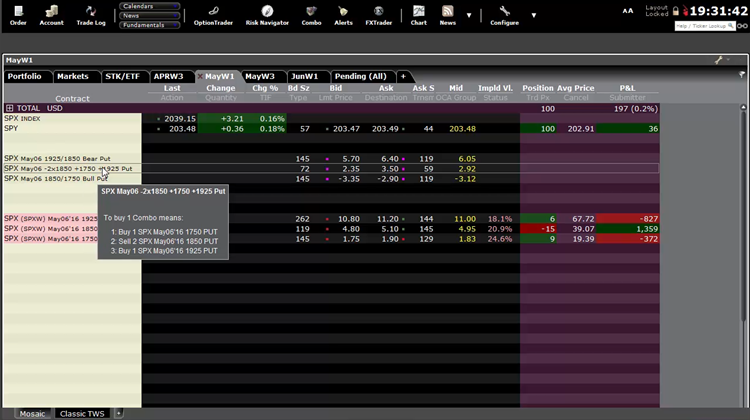


Interactive Brokers Increases Margin Due to Brexit
I remember during market crashes in the past, Interactive Brokers (IB) increased the margin for many products.There was a lot of complaining about it on certain forums but I personally was happy to see the increased margins. As an IB customer myself, I like knowing...
Interactive Brokers Order Management
I've used Interactive Brokers for many years. I still prefer the Classic Trader Work Station (TWS) probably because I've used it for over 10 years. A friend of mine was telling me that he was making order entry mistakes of occasionally buying when he wanted to sell or...
Amy Meissner Presents the Nested Iron Condor
Amy Meissner will join us on Wednesday at 4:30pm ET for a special Round Table to discuss her nested iron condor strategy. Amy was written up in Technical Analysis of Stocks & Commodities magazine as the “Queen of the Iron Condor.” Click here to...

